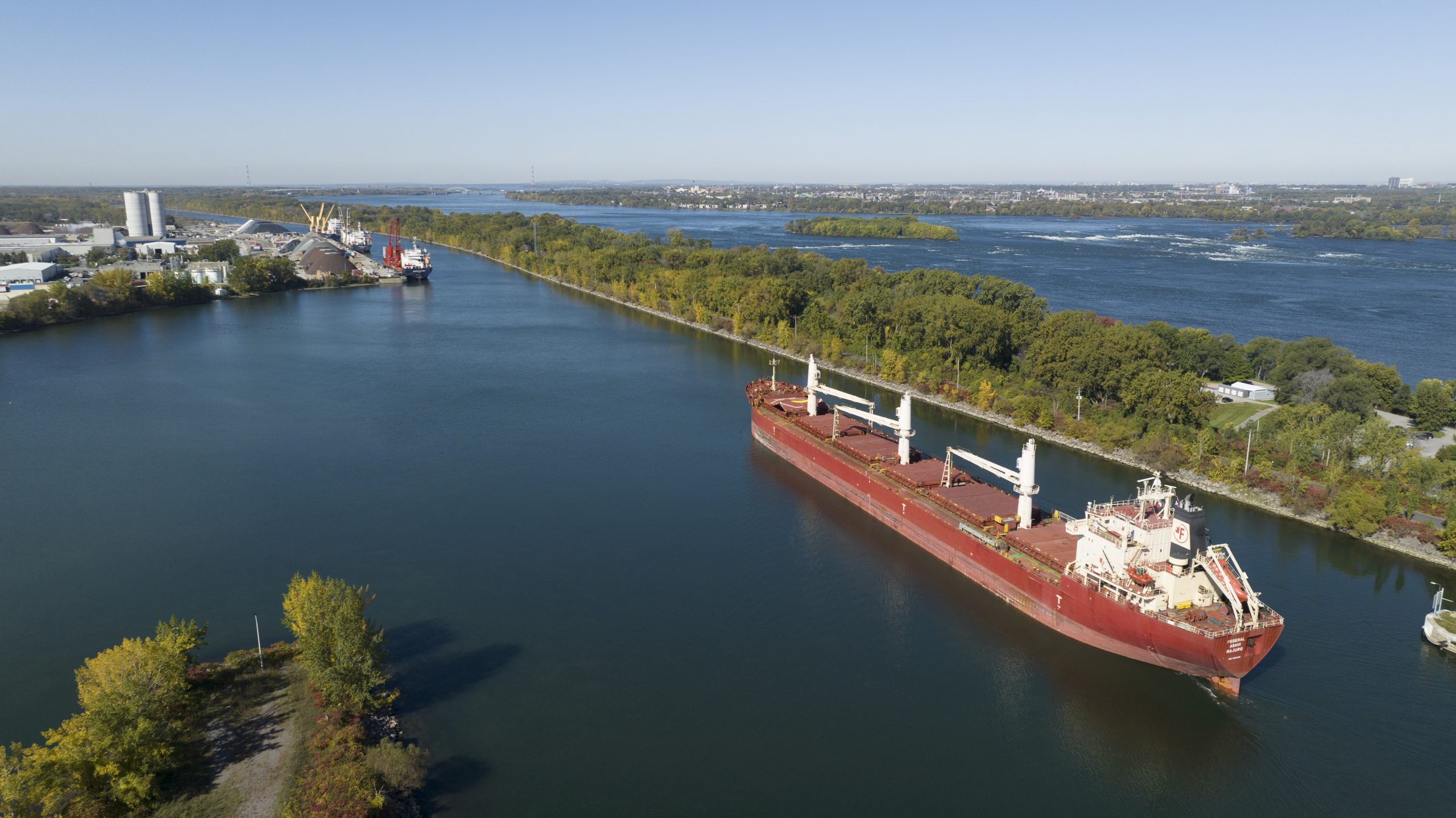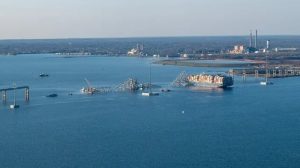The Canadian St. Lawrence Seaway Management Corporation (SLSMC) and U.S. Great Lakes St. Lawrence Seaway Development Corporation (GLS) today jointly announced that nearly 38 million tonnes of cargo transited the binational system in 2023, representing an overall increase of more than 3.4 percent.
2023 Results Highlights
- Grain: Despite challenges posed by climate change, producers successfully mitigated global issues, resulting in an overall increase of nearly 5% compared to 2022 figures, reaching 10.4 million tonnes. Notably, Canadian grain experienced a significant year-over-year growth of more than 11%.
- Dry Bulk: Agricultural and construction supply chain materials, including potash, gypsum, cement and stone, exceeded 12 million tonnes, representing 5% growth compared to 2022.
- Liquid bulk: 3.6 million tonnes of liquid bulk transited the Seaway in 2023, representing a 3.4% increase from the previous year. Petroleum products were the primary contributors with 2.6 million tonnes, followed by liquid chemicals, which increased 11%.
- Cargo fluidity: The Seaway system’s efficiency contributed to economic development on both sides of the border, with fewer transits in ballast and an additional 1.2 million tonnes of cargo.
“Again in 2023, the St. Lawrence Seaway demonstrated its resilience and reliability, as well as emphasizing its role as an essential component of the Green Shipping Corridor. Compared to the previous year, the season ended with goods shipped through the waterway increasing by 3.4%, which helped drive the North American economy,” said Terence Bowles, President and CEO of the SLSMC.
“Marine commerce on the Great Lakes and St. Lawrence Seaway plays a key role in supporting 246,000 jobs and US$36 billion in economic development activities across North America,” said Adam Tindall-Schlicht, GLS Administrator. “Our binational partnership delivers results, and we are proud of our resiliency and increased tonnage results this year.”
Marking the longest scheduled shipping season in history, the Montreal-Lake Ontario section of the Seaway, including the U.S. locks, closed on January 5, with the Welland Canal closing on January 7. Both the SLSMC and GLS are now engaged in annual multi-million-dollar winter maintenance and infrastructure renewal programs, which are strategic to maintaining the binational system’s record of reliability and availability.
“Special thanks go out to the Seaway teams and marine industry partners on both sides of the border, our customers, and partners in the community and government for another successful navigation season,” said Mr. Bowles.
2024 outlook
Looking ahead to 2024, both Canadian and U.S. Seaway Corporations will focus on further developing the Green Shipping Corridor to leverage the environmental and economic benefits of marine shipping to regional and global communities.
“We expect to build on the success we saw this past year thanks to investments by the marine industry and the Biden-Harris Administration to advance our leadership in the areas of resiliency, sustainability, technology, and efficiency,” added GLS Administrator Tindall-Schlicht.
(SLMSC photo of St. Lawrence Seaway)





